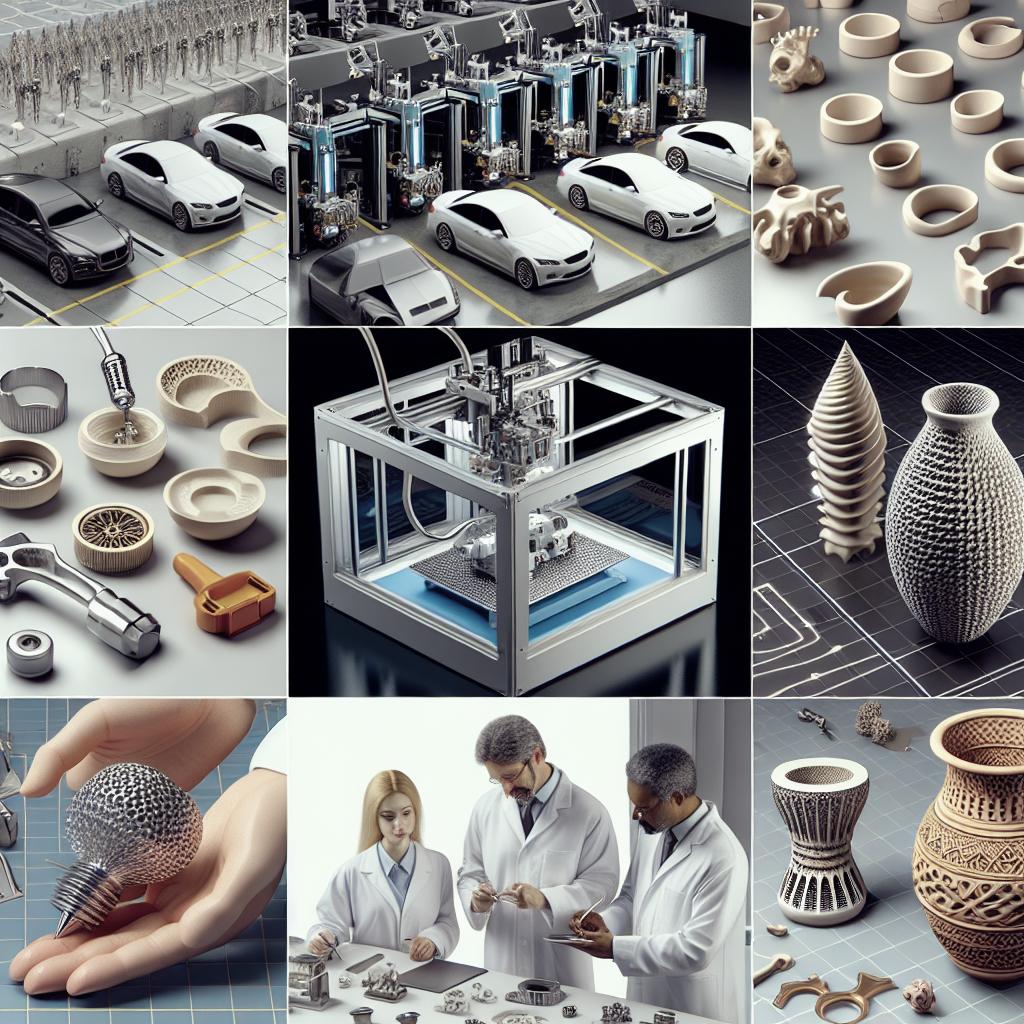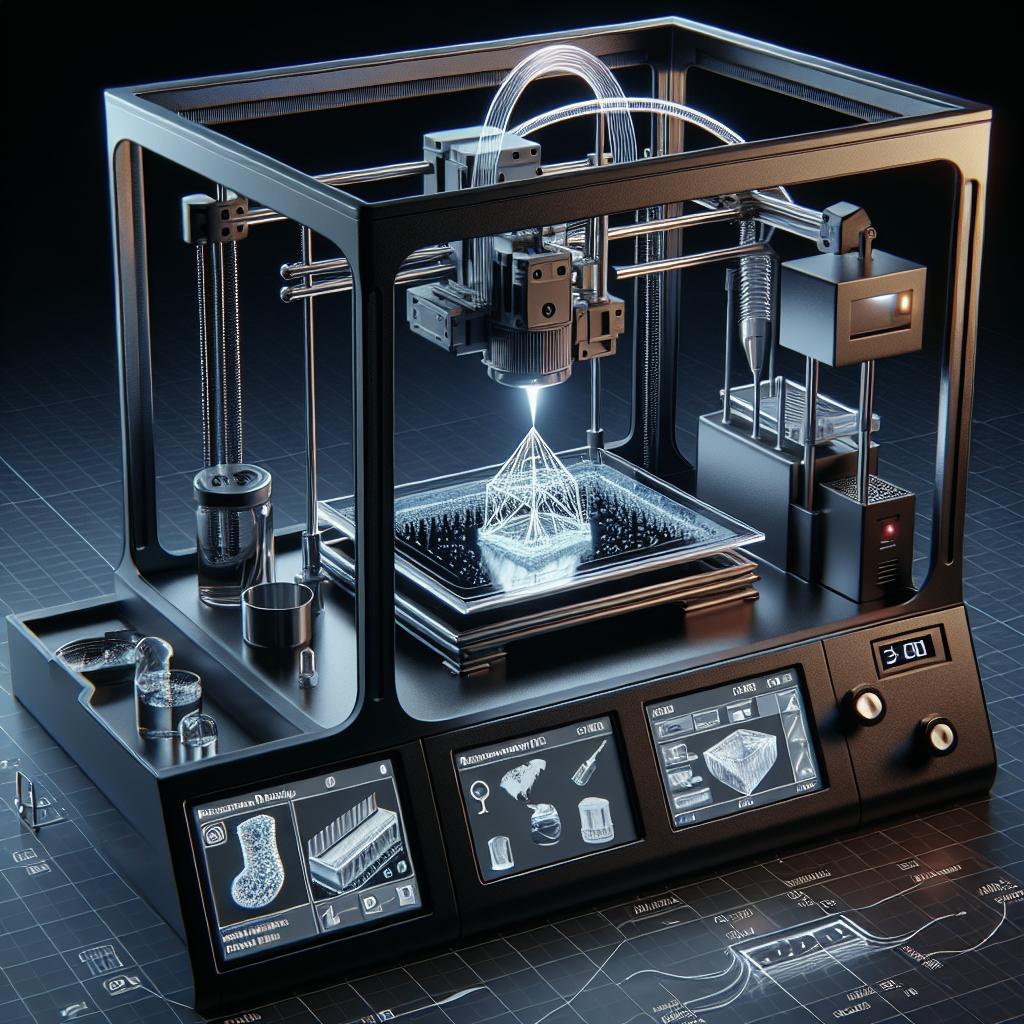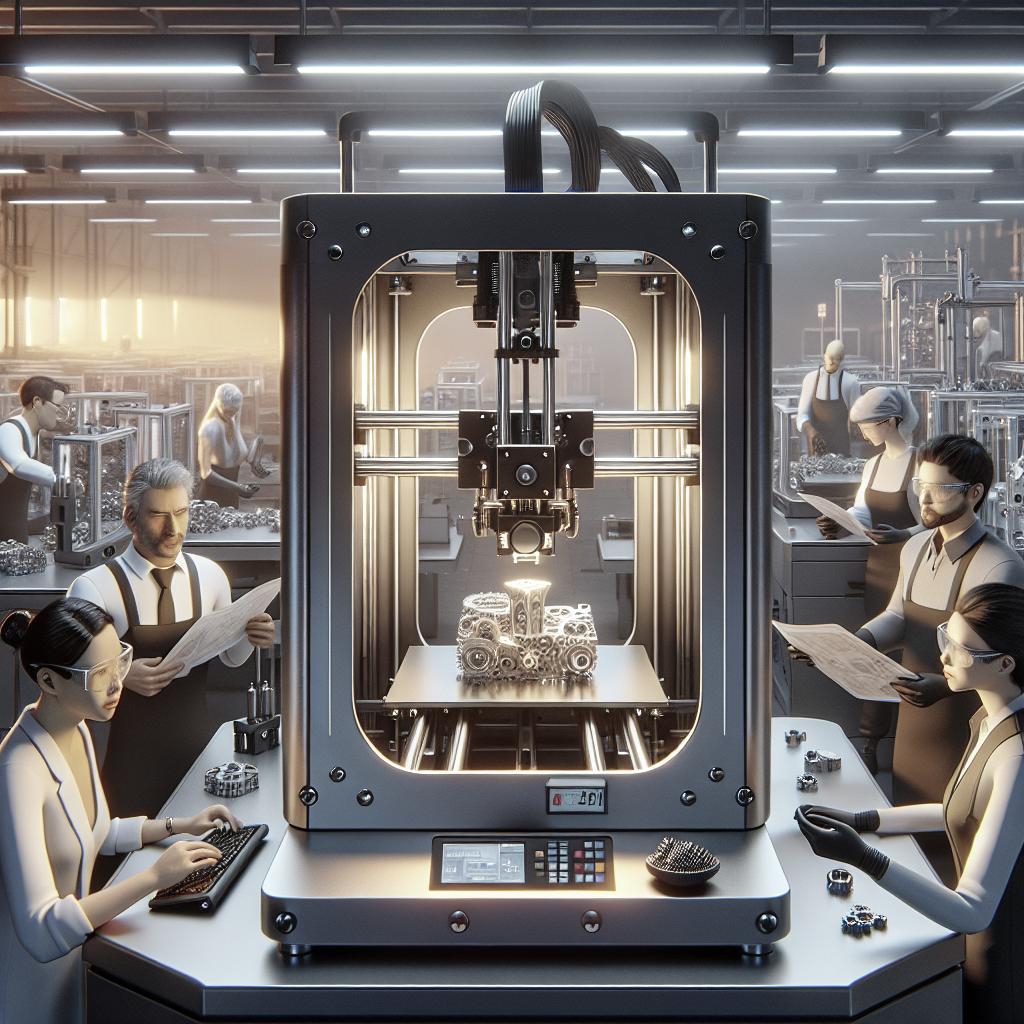<>
Ceramic 3D printing, or additive manufacturing, has become a transformative technology in various industries. This innovative process enables the creation of intricate and highly precise parts that are challenging to produce using traditional methods. As we explore its applications, we’ll see how healthcare uses ceramic 3D printing for bone implants and dental devices, aerospace benefits from lightweight and durable components, energy and electronics industries rely on it for efficient production of complex geometries, automotive companies use it for prototyping and production of robust parts, and the defense sector employs it for advanced weaponry and protective gear. By the end of this exploration, it’s clear that ceramic 3D printing is revolutionizing manufacturing across many fields.
1. Healthcare
Ceramic 3D printing has brought significant advancements to the healthcare industry. One of the most notable applications is in the field of bone implants. The biocompatibility, durability, and customization capabilities of ceramic materials make them ideal for creating implants that conform precisely to patient’s anatomical structures. This precise fit can lead to faster recovery times and reduced risk of complications. Additionally, the dental industry has seen substantial benefits. Ceramic 3D printing allows for the production of highly detailed crowns, bridges, and orthodontic devices. These items can be custom-made to fit the specific needs of each patient, improving comfort and functionality. Furthermore, the use of ceramic materials ensures a durable and aesthetically pleasing result that closely matches natural teeth.
2. Aerospace
The aerospace industry demands materials that are not only lightweight but also capable of withstanding extreme temperatures and mechanical stress. Ceramic 3D printing meets these requirements by producing parts with intricate geometries that are impossible or too costly with traditional manufacturing methods. One significant application is in the production of turbine blades and other engine components. The high precision and durability of ceramic materials improve fuel efficiency and reduce maintenance costs. Furthermore, ceramic 3D printing is being used for the creation of heat shields and various thermal protection systems. These components need to endure the harsh conditions of space travel, including extreme heat during re-entry. The ability to produce custom shapes and sizes ensures optimal performance in these critical aerospace applications.
3. Energy and Electronics
In the energy sector, ceramic 3D printing contributes to the efficiency and longevity of components used in power generation and distribution. Heat exchangers, which play a crucial role in power plants, benefit greatly from the enhanced thermal properties of ceramic materials. The custom design capabilities of 3D printing enable the production of complex internal structures that maximize surface area and improve heat transfer. The electronics industry also leverages ceramic 3D printing for producing components like insulators, capacitors, and circuit boards. The precision and high-temperature stability of ceramic materials are essential for creating reliable and high-performing electronic devices. Moreover, the ability to produce intricate designs on a micro-scale opens new possibilities for miniaturization and increased functionality.
4. Automotive
Ceramic 3D printing is revolutionizing the automotive industry by enabling rapid prototyping and the production of high-performance parts. Automotive manufacturers can quickly iterate designs and verify their performance, leading to reduced development times and costs. This flexibility allows for greater innovation and optimization of vehicle components. Moreover, ceramic materials are used in the production of parts that require high wear resistance and thermal stability. Examples include brake discs, engine components, and exhaust systems. The combination of these properties leads to improved vehicle performance and durability, which is imperative for both consumer satisfaction and safety standards.
5. Defense
The defense sector stands to gain significantly from the advancements in ceramic 3D printing. One key application is in the development of advanced armor systems. The high strength-to-weight ratio of ceramic materials offers superior protection while maintaining mobility. This balance is crucial for personal protective gear as well as vehicular armor. Furthermore, ceramic 3D printing can produce intricate components for various weapon systems. The ability to create lightweight yet durable parts enhances the overall effectiveness and reliability of military equipment. Additionally, the customization capabilities allow for the adaptation of components to specific mission requirements, ensuring optimal performance in diverse scenarios.
3D Printing Is Expanding
The versatility and precision of ceramic 3D printing are driving its adoption across multiple industries. As technology continues to advance, we can expect to see even broader applications and improvements in the materials and techniques used. Innovations in ceramic 3D printing are paving the way for more efficient and effective manufacturing processes, unlocking new potentials across diverse fields. By harnessing the unique properties of ceramic materials, industries can achieve a level of customization and performance that was previously unattainable. It is clear that ceramic 3D printing is not just a passing trend but a fundamental shift in how products are designed and manufactured, promising a future of continued innovation and improvement. “`
| Industry | Primary Applications |
|---|---|
| Healthcare | Bone implants, dental devices |
| Aerospace | Turbine blades, heat shields |
| Energy and Electronics | Heat exchangers, capacitors, insulators |
| Automotive | Rapid prototyping, high-performance parts |
| Defense | Armor systems, weapon components |
“`


